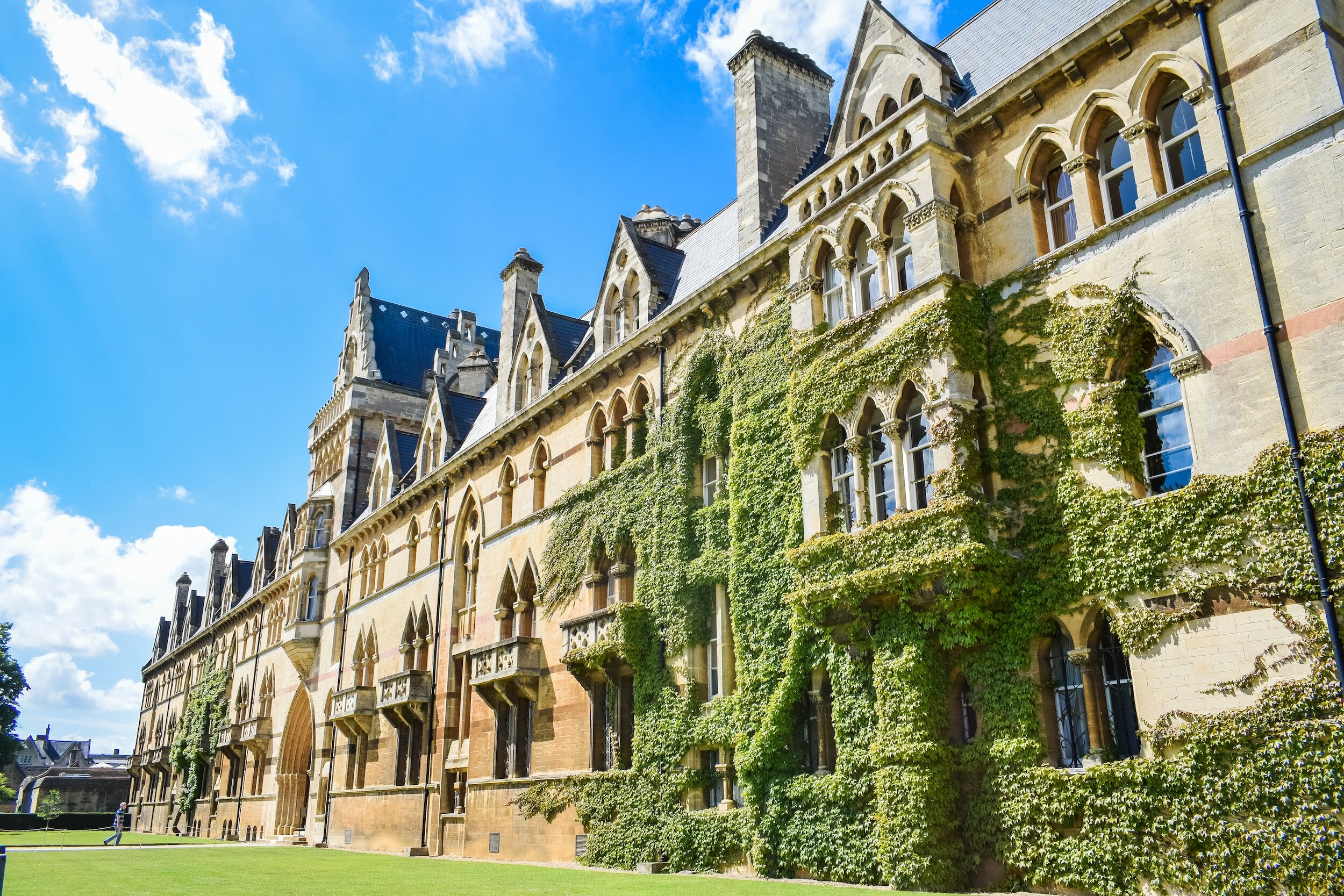Aug 2, 2023
How to Misunderstand College Admissions
The following feature article was written by Dr. Gary Daynes, ISA Strategic Partner and leader of Back Porch Consulting.
Take these steps if you want to misunderstand college admissions.
-
Assume that all colleges are or want to be like Harvard. There are nearly 4000 post-secondary degree granting institutions in the United States. There are maybe 200 institutions that are like Harvard, in that they are highly selective, highly prestigious, and have massive endowments. (The be more specific, according to NACUBO there were 129 college and universities with an endowment more than one billion dollars in 2022. According to USNWR, 80 colleges and universities admitted fewer than 25% of applicants.) Many schools unlike these elite schools may wish to have some of their wealth, resources, or students. But few want to be like Harvard. They have other missions, other visions, and other ways of being in the world.
-
Assume that all students are or wish to be like those that go to elite universities. It is undoubtedly the case that more students want to go to elite schools than are admitted. But the vast majority of college students do not want to go to an elite university. They have other commitments. They want to stay local. They want a particular career. They cannot afford it. They don’t really like school. Their talents lie elsewhere. They don’t want the pressure. All of these are legitimate reasons for selecting one of the thousands of non-elite institutions in the US.
-
Assume that all colleges follow the admissions practices that elite institutions follow. The vast majority of colleges and universities admit all applicants who meet their admission standards. A plurality admit all students who complete their applications. Among these schools are the most racially, economically, and culturally diverse institutions in the nation. Almost none of them have used affirmative action to build that diversity. For schools with generous or open admissions policies, legacy admissions are not a tool of discrimination but of keeping faith with families and place over the generations. The admission challenge for elite schools is to determine who to reject. Most admissions offices (and student affairs offices and faculty and administrations) do everything they can to recruit, fund, welcome, and retain all students who wish to attend.
-
Assume that changes in the admissions policies of elite schools will change society as a whole. It is possible to imagine that through goodwill, legal mandates, and public pressure, highly selective institutions will enroll a more representative slice of American students. But they will still only educate a tiny, elite minority of Americans. Changes in their policies will have spillover effects, it is true. But if your goal is to have more students go to college, or reduce skepticism about the value of college, or improve the diversity of college attendance, or to better prepare college graduates for work, or to reduce income inequality, or to improve civic life, or improve moral life, or heighten academic attainment, or to achieve any of the laudatory outcomes ascribed to a college education, changes in “Harvard’s” admissions policies are not going to help you reach your goal.
-
Learn about college admissions from sources that hold the assumptions above. Last week the New York Times morning newsletter carried the headline “Behind the scenes of college admissions.” What was the story about? Admissions at elite colleges. The same blind spot was evident in most national coverage of the Supreme Court’s decision about affirmative action, and the current discussions about legacy admissions. Much of the reporting was clear and thoughtful, regardless of its position on the policy question at hand. Nearly all of it was narrowly focused on elite institutions. You cannot understand college admissions from these sources.
If you want to rightly understand college admissions, drive to your local community college. Visit the admission office of the liberal arts college in your town. Write to the director of admissions at your regional public university. Talk to the leaders of HBCUs and MSIs. Ask them what they do and who they serve. You will be impressed by their work. You will be moved by their dedication. Talk to the students who go there. You will be angered by the challenges their students face, and inspired by their resilience. You will have a sense that you’re in the real world. Then you will have begun to understand the real work of college admissions in America.


What are HBCUs and MSIs? Don’t assume your readers know these insider acronyms; this reader certainly doesn’t, despite degrees from Yale and Harvard!